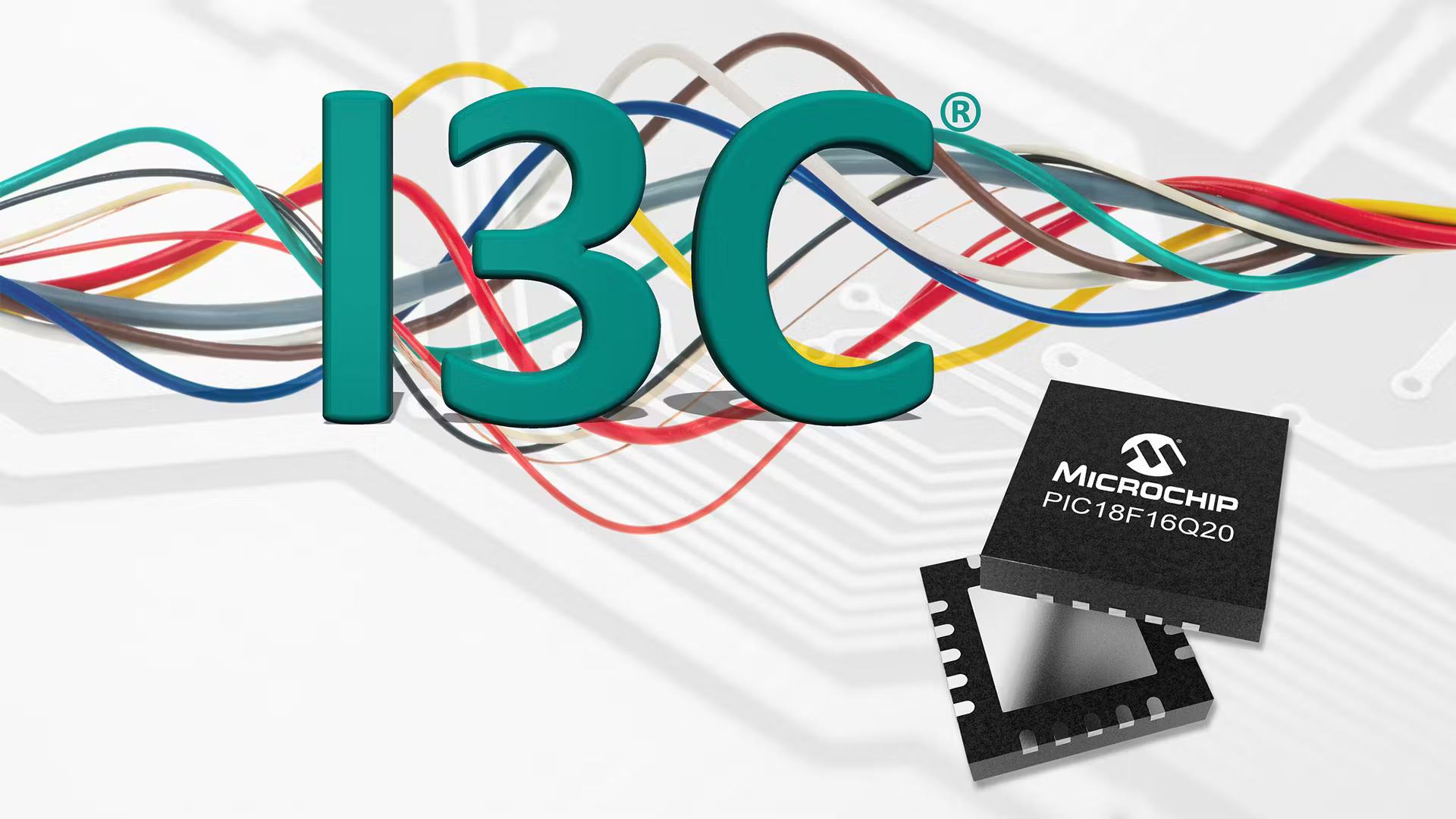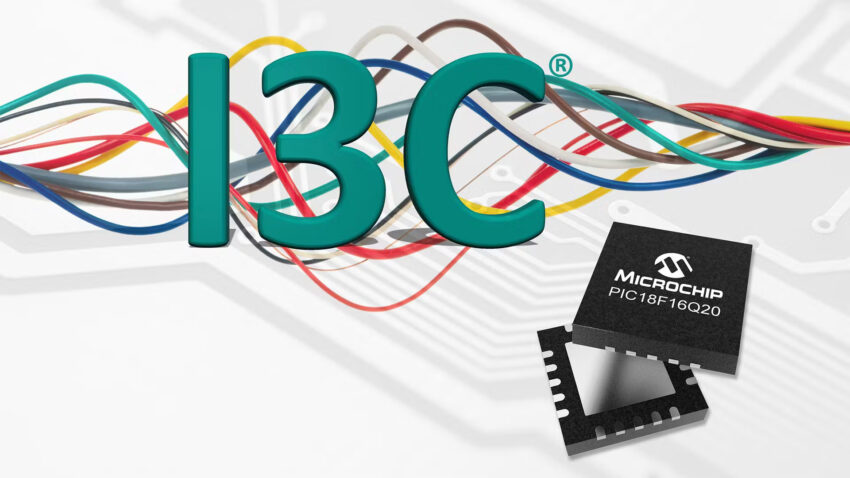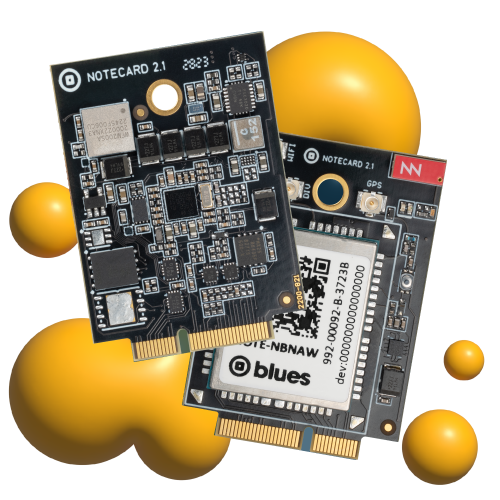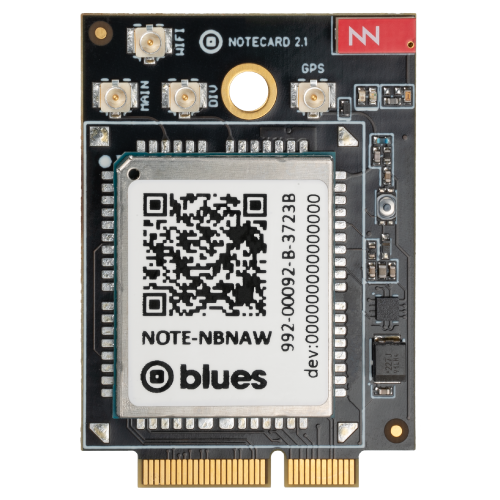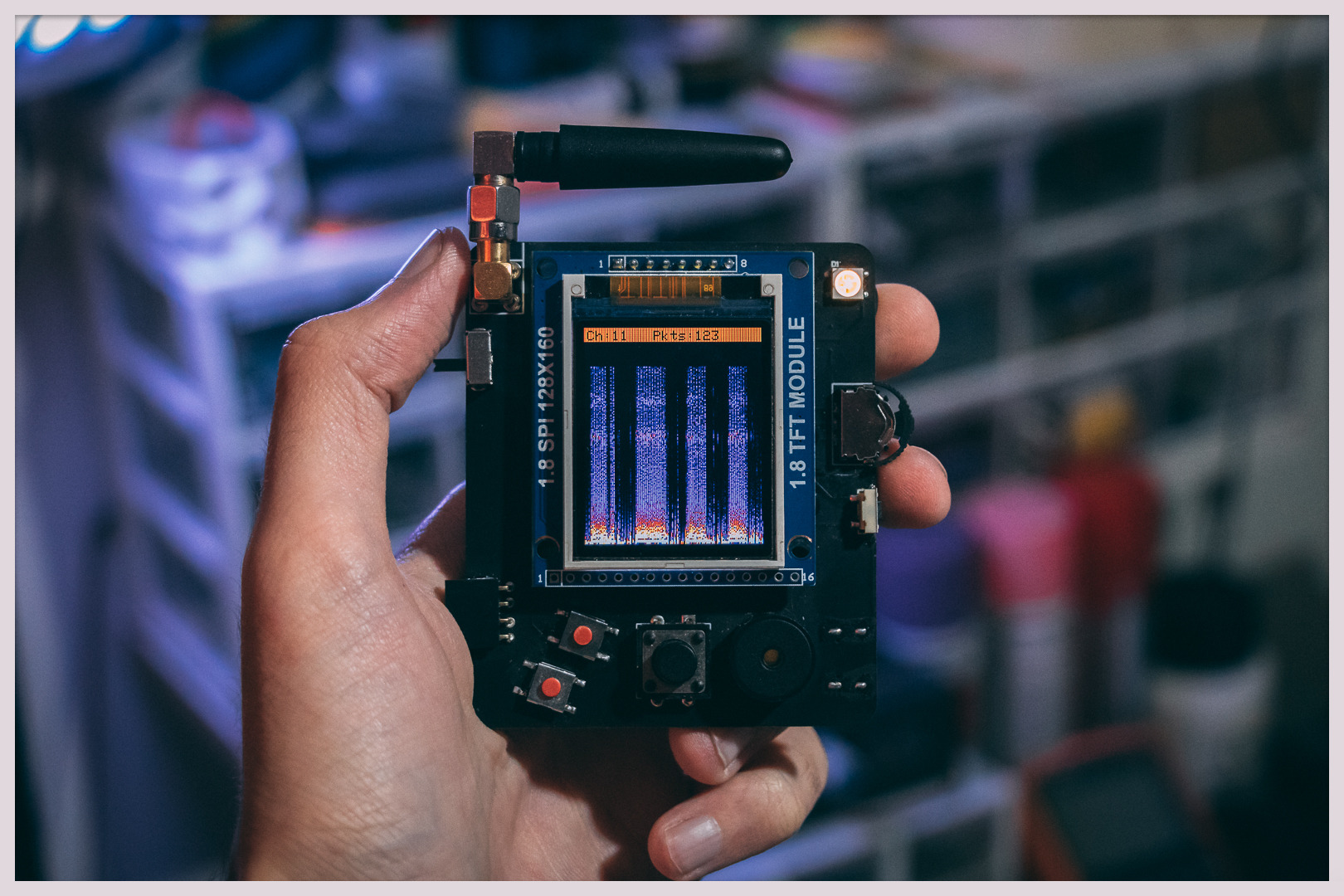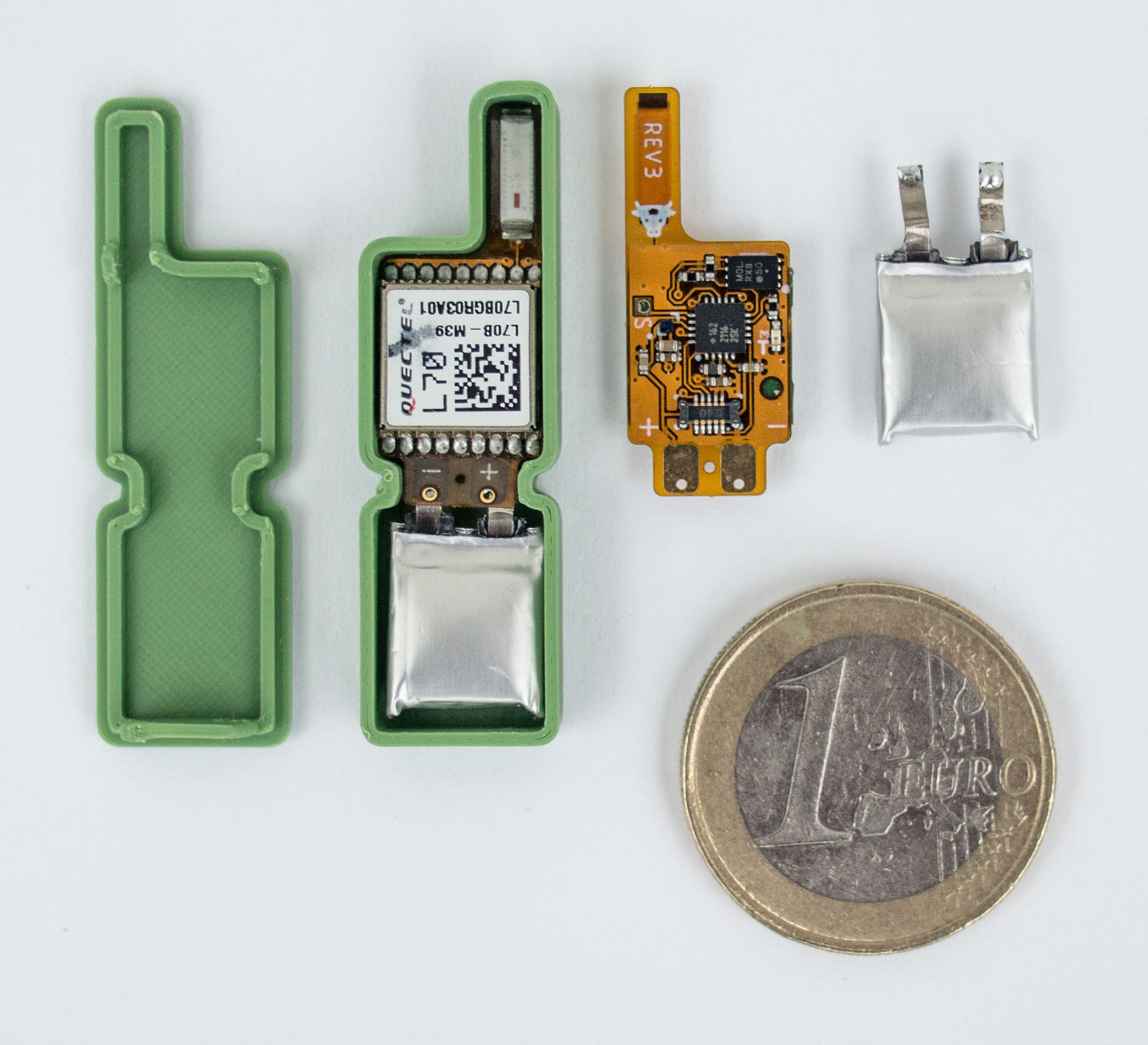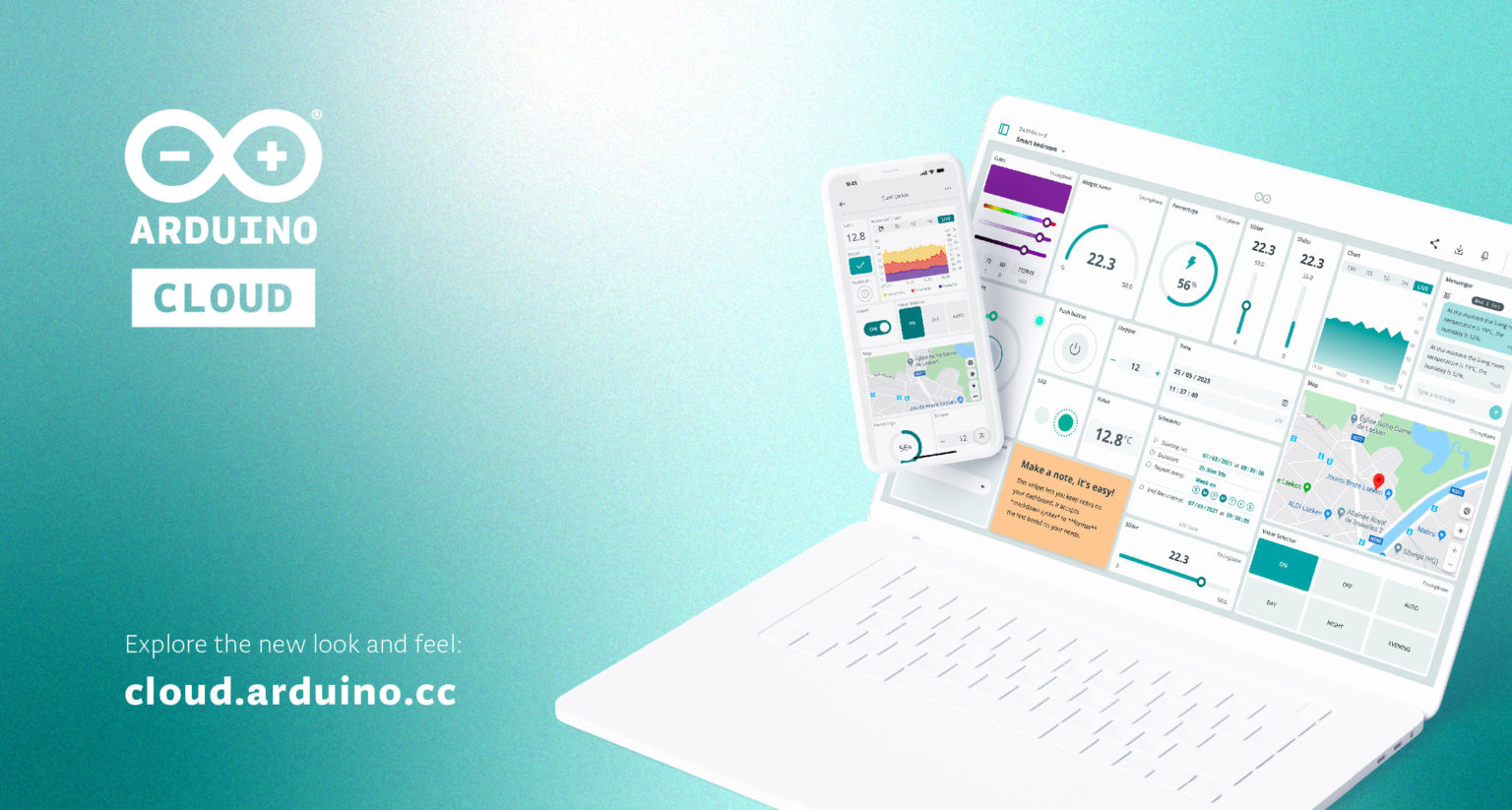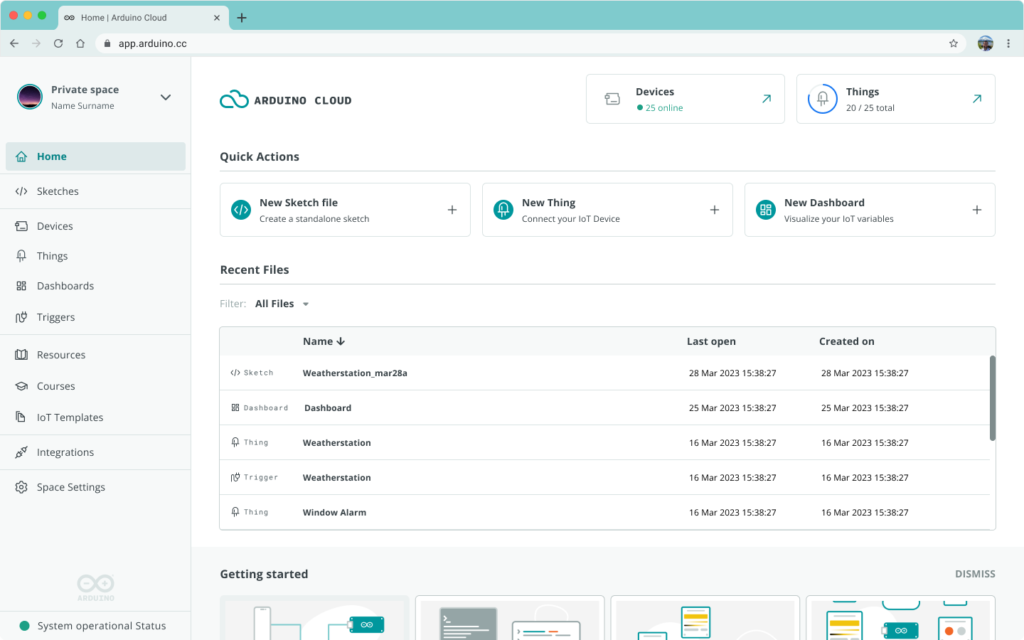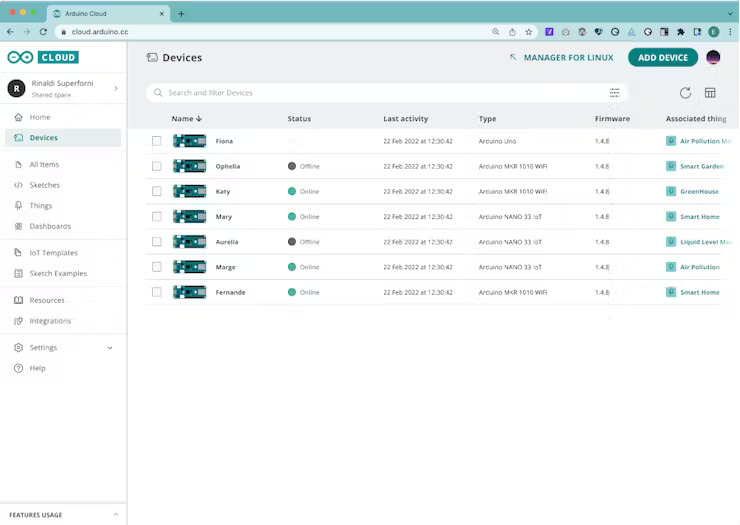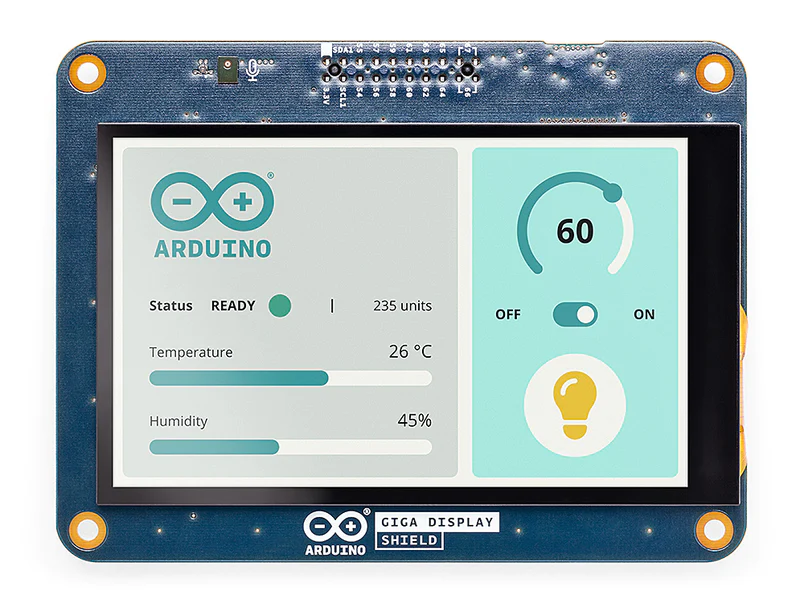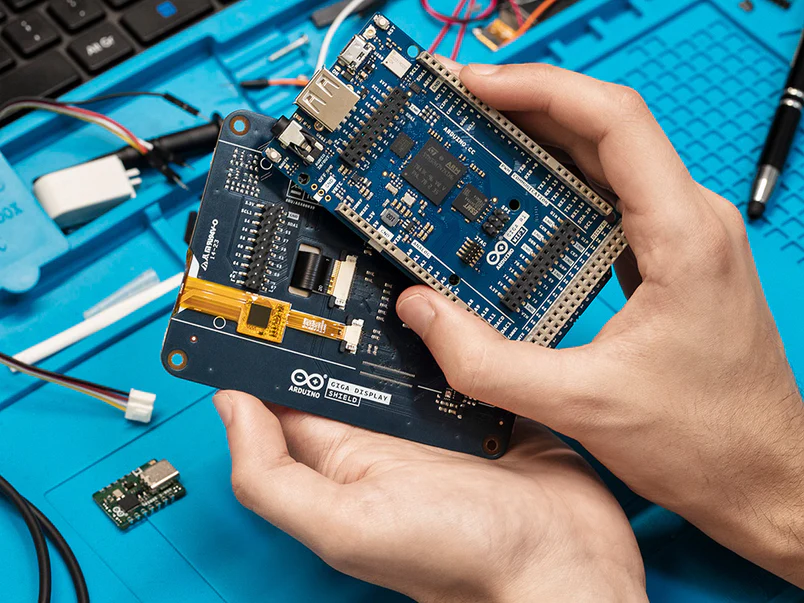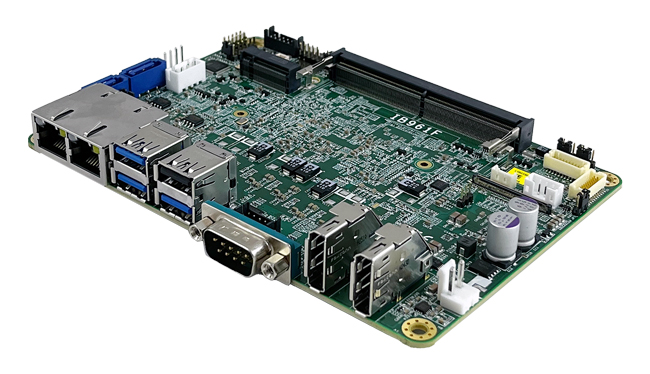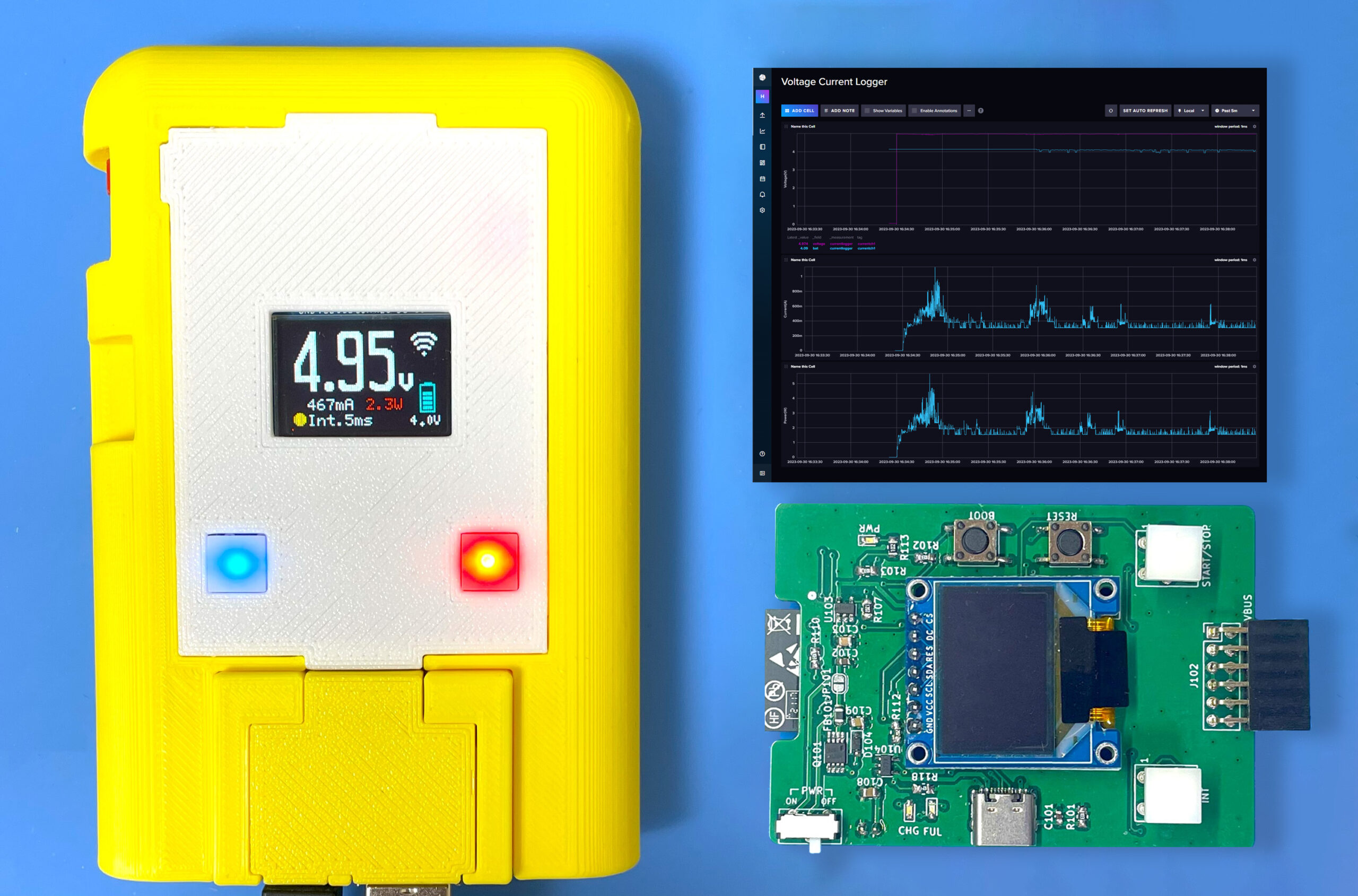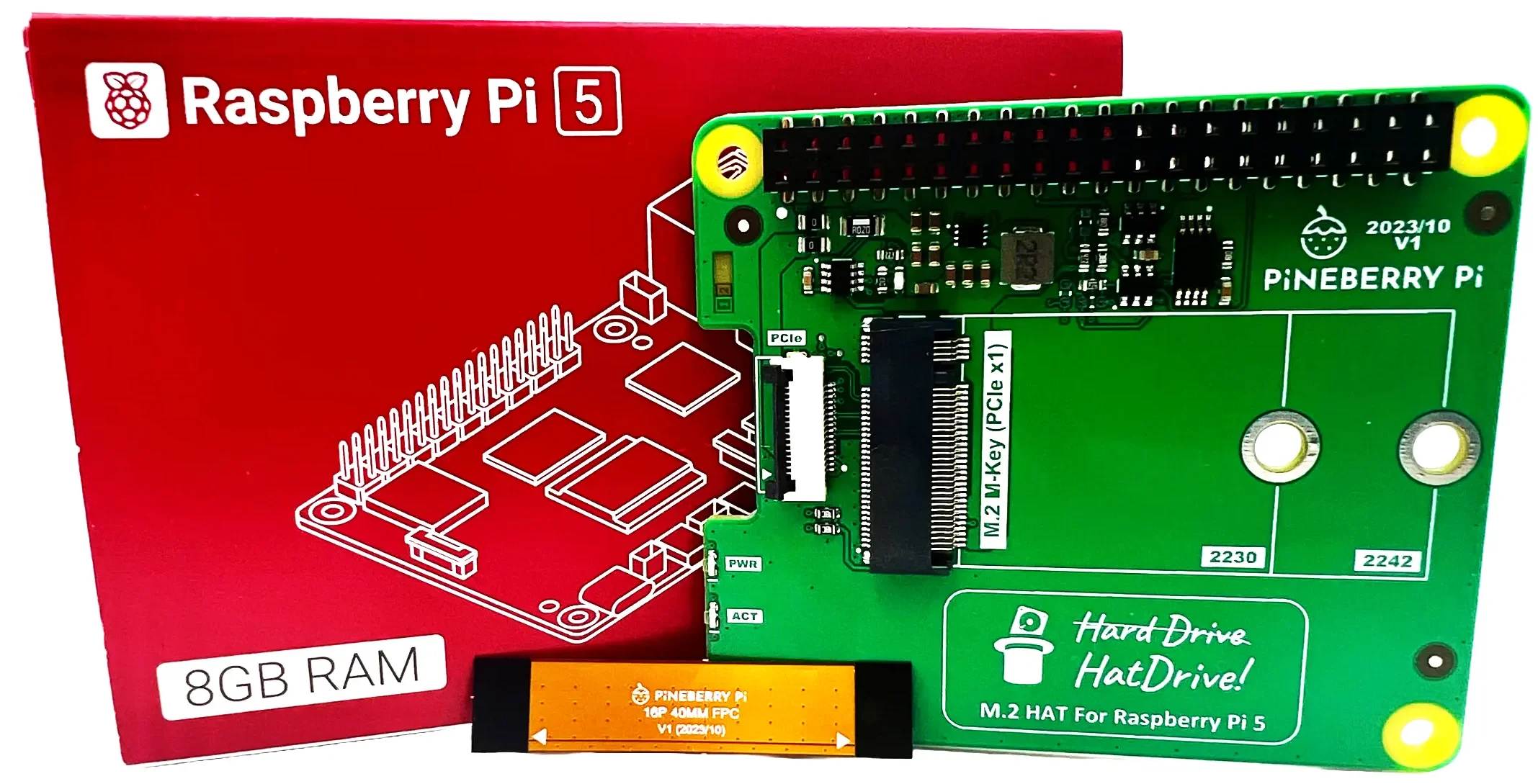
To fully harness the capabilities of the PICe on Raspberry Pi 5, Pineberry Pi has released two new PICe NVMe Expansion Boards The HatDrive Top and HatDrive Bottom. Both bordas are designed to increase the storage capacity of Raspberry Pi 5 using NVMe technology.
A few months back, the Raspberry Pi Foundation introduced the new Raspberry Pi 5 SBC, offering new and exciting features; one of them was PCIe. This lets the Raspberry Pi 5 be more flexible and technically you can connect a full-sized GPU in that port.
So, to take full advantage of this, Pineberry Pi has released two boards, the HatDrive Top and HatDrive Bottom. The major difference between the two boards is in the size of the NVMe drives they support. TM1S (TOP) Supports smaller NVMe drives (2230, 2242 sizes), and the BM1L (BOT) Supports both smaller and larger NVMe drives (2230, 2242, and 2280 sizes).
Youtuber and SBC expert Jeff Gerling covered this board in one of his recent videos and demonstrated how to get started with the HatDriver Top with the Raspberry Pi 5. In his video, he was able to run the NVMe Drive with PCIe Gen2 and Gen3 speeds. And he was able to get 500MBPs and 700MBPs Respectively.
Each Pineberry Pi product includes a kit with all accessories, including a specialized impedance-controlled FPC PCIe ribbon cable, several spacer pins, M2.5 screws, and a mounting pin for M.2 cards. This kit helps ensure that you don’t need anything else to get started with this new Pineberry Pi HAT.
Technical Specifications of Pineberry Pi ToP:
- Tailor-made for the new Raspberry Pi 5 model with a dedicated design
- NVMe Drive Support is compatible with 2230 and 2242 sizes
- PCIe x1 Interface supporting Gen2 and Gen3 speeds
- Dual LED Indicators for monitoring power and disk activity
- Standard Size fitting Raspberry Pi HAT dimensions for compatibility
- 40-Pin Connector & I2C EEPROM enabling easy connection and advanced setup
- Power Monitoring feature for real-time power supply tracking
- M.2 Power System with a 3A voltage regulator ensuring stability
- Easy M.2 Disk Installation with a special bracket for quick setup
- Flexible M.2 Powering Options available via PCIe ribbon or 40-pin connector
- Quality Build using high-quality components and a 4-layer PCB
- Stackable Design allows the addition of more boards
- Accessories Included providing all necessary parts for setup
Technical Specifications of Pineberry Pi Bottom:
- Custom-built and optimized for the latest Raspberry Pi 5 version
- Supports more NVMe sizes including 2230, 2242, and 2280 drives
- PCIe x1 compatibility ensures it works with Gen2 and Gen3
- LED Indicators to display power and disk status
- Larger PCB design to accommodate longer drives
- Advanced Enhanced Power Monitoring system for effective power tracking
- M.2 Compliant Power with a stable 3A regulator included
- Simple M.2 Drive Setup for easy installation
- Versatile M.2 Powering options via PCIe ribbon or a 4-pin cable
- Made with High-Quality Components for premium build quality
- Unique Design specifically for longer SSDs in the 2280 format
- Full Accessory Kit included with all necessary installation materials
You can now preorder the HatDrive Top for €20.00 and the HatDrive Bottom for €25.99, not including shipping fees. According to their Twitter updates, the company plans to start shipping these items in early December 2023.

